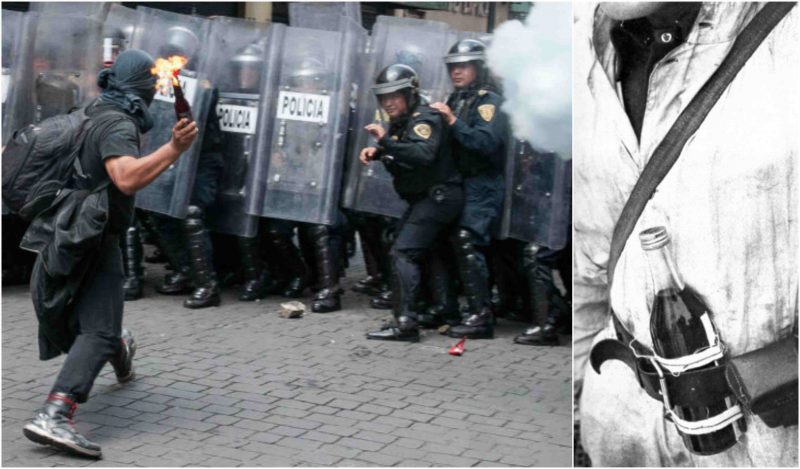Since the onset of the economic crisis, we’ve seen many markets go bust. Common people are seeing their wallets and bank accounts drying up. But, according to news footage from across the world, one particular ‘beverage’ is making a big comeback. Despite being dubbed a cocktail, it’s generally considered a poor man’s choice. This is a story of the Molotov cocktail.
A week before the official breakout of WWII, foreign ministers of USSR and Nazi Germany concluded the infamous Molotov–Ribbentrop Pact, named after its signatories. The stated purpose of the Pact was to prevent any military intervention on either side, including taking sides of enemies of the other party in the looming war. The initially unpublished part of the document actually divided European ‘spheres of interest’ between the Soviets and Nazis.
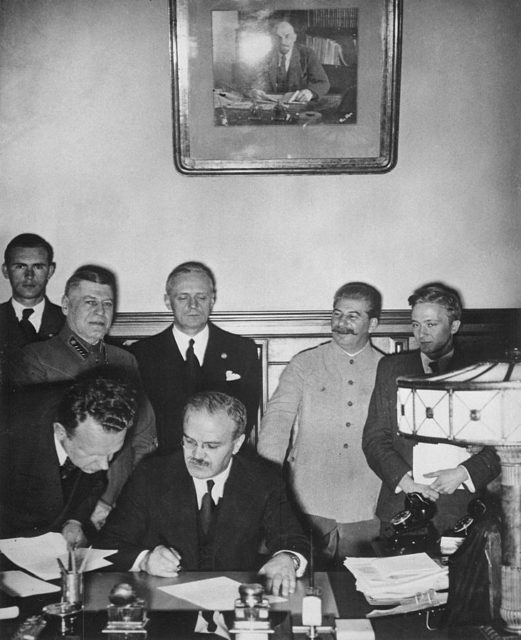
Lacking in naivety not so much as in imperialist ambitions of their own, the Soviets decided to take some measures and fortify their capital, Leningrad, which was only 32 kilometers away from the Finnish border. Thus, they made an offer to the Finnish government to exchange some territories. The ensuing negotiations bore no fruit. On 30 November 1939, the Soviets began invading Finland, which the Molotov–Ribbentrop Pact designated as part and parcel of their ‘sphere of interest’.
The so-called Winter War between the USSR and Finland lasted some four months. Initially bemused by the Finnish resistance, the Soviets were eventually victorious and acquired even more territory than they primarily demanded. Compared to the umbrella bloodshed of the WWII, this might not seem like a conflict worth spilling too much ink over. But out of the weakness comes creativity.
The Finnish army was faced with a far superior arm force. They were forced to improvise. On the other hand, the Soviet leadership boasted their own strength and manipulated the information passed to its own population. Therefore at one point, Minister Molotov addressed the radio audience that the bombing operations in Finland were actually humanitarian interventions – they weren’t dropping bombs, but food for the poor and malnourished Finns. With no internet available, those words nevertheless quickly reached the defiant Finnish people.
Thus, Finns started calling the Soviet cluster bombs ‘Molotov bread baskets’. But, what kind of a meal would that be if there was no beverage to complement the taste? And not just any beverage, but a strong, fancy, alcohol drink.
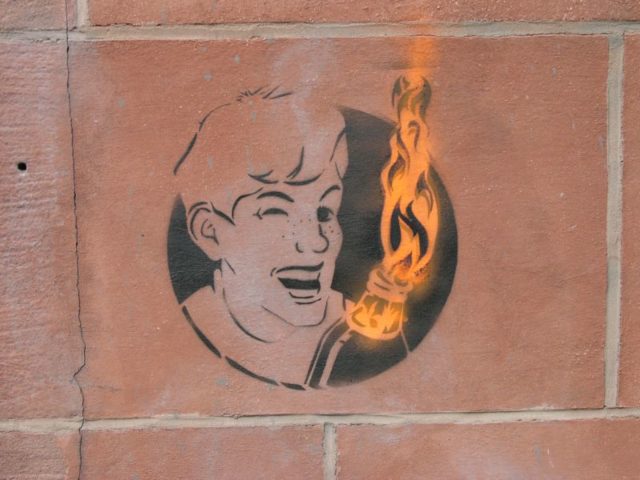
Faced with a superior number and force of Soviet tanks (several thousand against mere 32), Finnish military experimented with an intelligent tactic. They would channel the Soviet tanks across the border and lure them to places where they would be covered in flames by mostly locals defending their communities from foreign invasion. The improvised firearms they used were home-made petrol bombs, advanced versions of those used a few years back during the Spanish Civil War.
They generally consisted of a glass bottle filled with a mixture of petrol, gasoline, tar, motor oil (and/or anything similar at hand), and loaded with a cloth soaked in alcohol or kerosene. As tanks approached, the people would light up the cloths sticking out of their bottles and hurl them towards the enemy. The symbol of this enemy was portrayed in the figure of the bread-serving Minister Molotov. The Molotov cocktail was born.
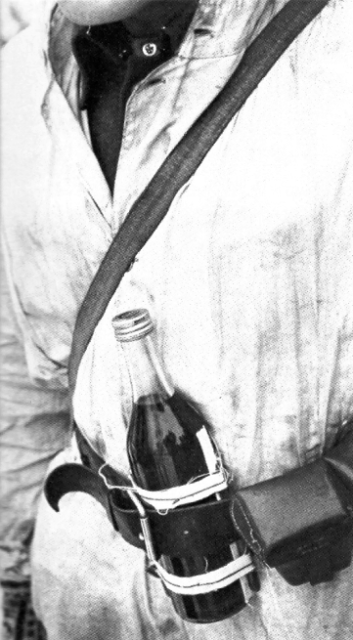
One can hardly imagine exploding a tank to pieces by cluttering it with beer bottles on fire, but this would prove enough to stop enemy’s advance. Tank’s tracks could melt, a smokescreen could buy some time, the crew could get suffocated, and parts of vehicle’s engine could go bust. All in all, a good cost-utility ratio. As a matter of fact, so good that during the course of the war, the sole Finnish corporation for distribution of alcohol, Alko, used its distillery to produce 450,000 ‘beverages’ of this type – complete with storm matches attached to the bottle.
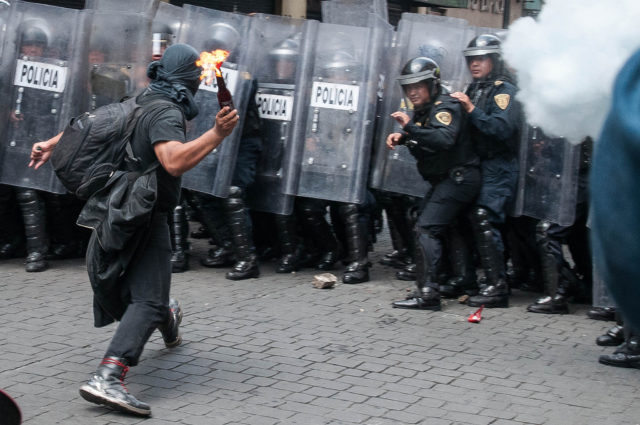
As time passed, this kind of firearms was obviously further improved and kept in use by the military industry, but the ingredients for the version 1.0 can still be found if not in your home, that surely at the gas station down the block. From Greece to Fallujah, from Kiev to Ferguson, Molotov cocktails remain the weapon of choice in practically every violent conflict with superiorly armed enemy. It’s somewhat sarcastic origins, though, remain hidden behind history’s smokescreen.
